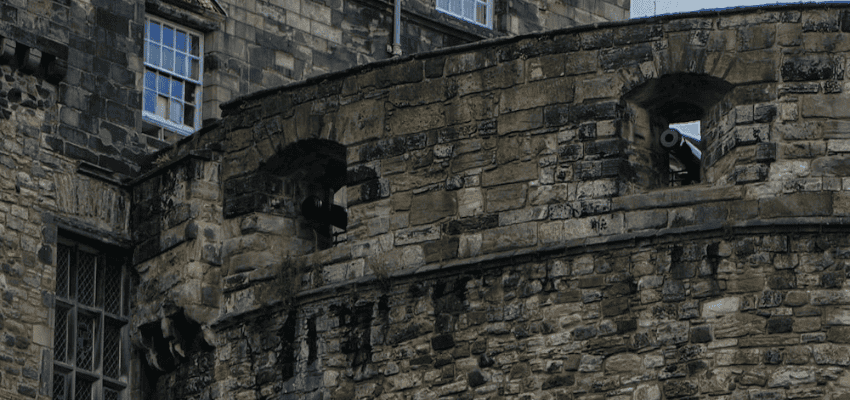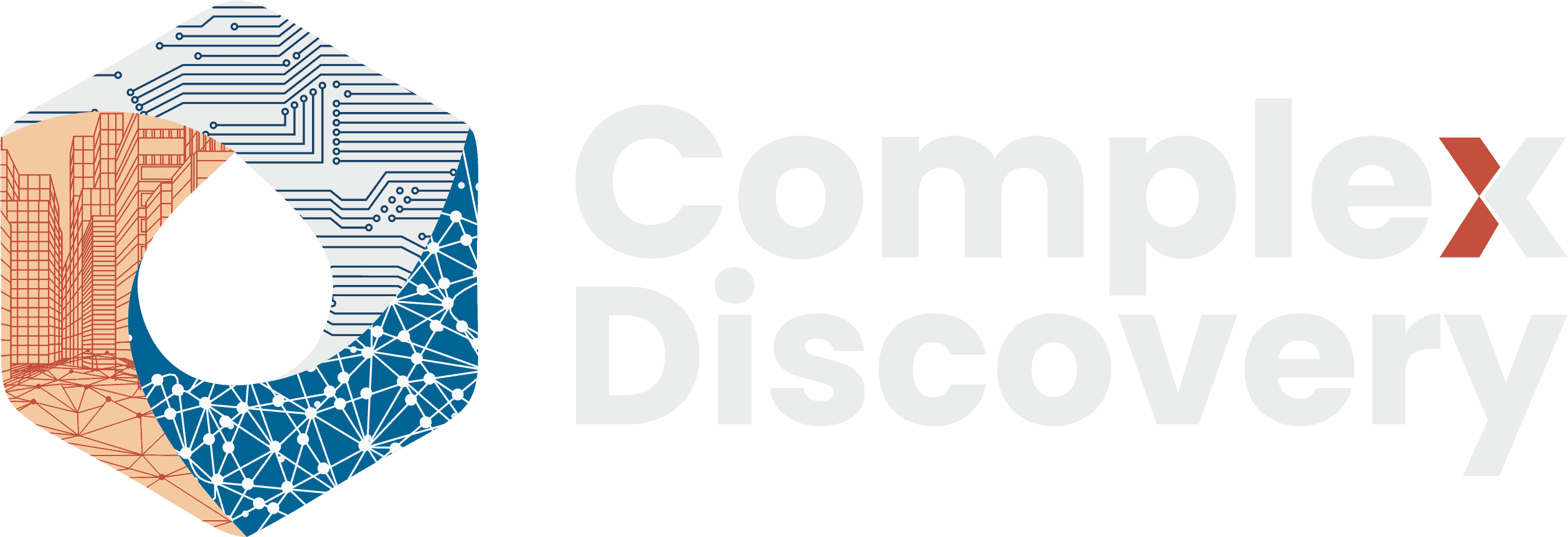Editor’s Note: Edinburgh Castle’s stone walls and commanding heights have safeguarded the city for centuries, offering a masterclass in resilience that remains strikingly relevant to today’s digital battles. During ComplexDiscovery’s July 2025 visit to Edinburgh, we captured visual perspectives of this iconic stronghold—and the winding streets around it—to frame critical conversations on defense, vigilance, and adaptability in cybersecurity, information governance, and eDiscovery.
As ILTACON 2025 gathers legal and technology leaders from around the globe, these historic lessons take on urgent modern meaning. Just as the castle’s layered defenses and elevated watchtowers countered evolving siege tactics, today’s organizations must employ AI-driven visibility, adaptable governance, and coordinated response strategies to guard against increasingly sophisticated digital threats. From shadow AI blind spots to high-stakes breach recovery, the parallels are clear: enduring security is built on foresight, flexibility, and the shared commitment to protect what matters most.

Content Assessment: From Castle Rock to Cybersecurity: Edinburgh Insights for ILTACON 2025
Information - 91%
Insight - 90%
Relevance - 92%
Objectivity - 94%
Authority - 92%
92%
Excellent
A short percentage-based assessment of the qualitative benefit expressed as a percentage of positive reception of the recent article from ComplexDiscovery OÜ titled, "From Castle Rock to Cybersecurity: Edinburgh Insights for ILTACON 2025."
Industry News – Photojournalism Beat
From Castle Rock to Cybersecurity: Edinburgh Insights for ILTACON 2025
ComplexDiscovery Staff
As legal and technology leaders from around the world gather at ILTACON 2025, we invite you to reflect on these enduring lessons from one of history’s greatest strongholds—where layered defense, vigilance, and adaptability remain as vital for digital security as they once were for the safety of a city.
Edinburgh Castle dominates the skyline from its perch atop Castle Rock, a fortress that has withstood siege, fire, and centuries of political upheaval. Its layered defenses—walls within walls, elevated vantage points, and tight choke points—were designed to slow attackers, expose them to counter-fire, and buy time for defenders to adapt. The story of the castle is not just one of stone and steel, but of strategy, foresight, and the constant race between offense and defense.

In today’s digital realm, that race is just as relentless. IBM’s 2025 Cost of a Data Breach Report found the global average cost of a breach dropped for the first time in five years to USD 4.44 million, driven largely by organizations detecting and containing breaches faster—often through the use of AI and automation. These tools act much like the castle’s elevated watchtowers, extending visibility across the landscape, allowing defenders to respond before attackers breach the inner walls. Organizations that used security AI extensively reduced breach costs to USD 3.62 million and cut containment times by an average of 80 days compared to those that did not.
But just as Edinburgh Castle never faced the exact same siege twice, defenders must adapt to changing tactics. In medieval times, that meant preparing for everything from direct assaults to long blockades. In 2025, this means confronting threats such as phishing, which was the most common initial attack vector, costing an average of USD 4.8 million per incident, and supply chain compromise, which took the longest to contain, at 267 days. The rise of “shadow AI”—unsanctioned artificial intelligence tools used within organizations—now joins these as a costly blind spot, adding an average of USD 670,000 to breach costs and often exposing sensitive personal and intellectual property data.

The United States, despite the global downward trend, saw breach costs climb to a record USD 10.22 million, in part due to higher regulatory fines and detection costs. For the legal technology audience gathering at National Harbor, this underscores that governance frameworks must be more than compliance checklists—they must be living systems, adaptable to new threats, much as Edinburgh Castle’s defenses evolved over centuries to meet changing weaponry and political realities. Standards like NIST and ISO/IEC 27001 provide the modern equivalent of the fortress’s architectural blueprints, but they require consistent enforcement and cultural buy-in to remain effective.
The surrounding streets of Edinburgh also have their lessons. Victoria Street, with its winding curve and layered shopfronts, is a reminder that visibility isn’t always straightforward—blind corners conceal risk. In cybersecurity, fragmented oversight across business units can hide vulnerabilities until they are exploited. The Grassmarket, once a bustling center of trade and execution, speaks to the reputational stakes. In a connected world, breaches are not contained within walls but spill rapidly into the public domain, shaping perception as much as operational capacity.

IBM’s research shows that nearly two-thirds of breached organizations still have not fully recovered, even months or years after the event. Recovery, like rebuilding after a siege, is as much about restoring trust and stability as it is about repairing technical damage. For legal service providers and corporate counsel, this long tail of impact reinforces the importance of incident response planning and coordinated communication strategies—because in both medieval and modern contexts, the aftermath can define the legacy as much as the defense itself.
As you navigate the sessions, panels, and networking opportunities at ILTACON 2025, consider which castle-inspired principle holds the greatest urgency for your team. Is it strengthening your watchtowers through AI-driven monitoring? Reducing your blind spots by mapping and governing shadow AI? Or reinforcing your gates with tested, adaptable governance policies? At ILTACON 2025, the most valuable legacy we can build is a shared commitment to safeguarding information—treating it as the treasure it is, and protecting it with the strongest strategies, technologies, and partnerships we can forge.
News Sources
- Robinson, R. (2025, July 2-5). Personal observations from a visit to Edinburgh, Scotland, UK.
- (2025, July). Cost of a Data Breach Report 2025. IBM Security. Retrieved from https://www.ibm.com/reports/data-breach

Assisted by GAI and LLM Technologies
Additional Reading
- Stonehenge: Ancient Order, Modern Insight
- A Walk Through History: The Churchill War Rooms and the Power of Resilience
- The Architecture of Isolation: Cold War Cities and Corporate Silos
- Castles, Borders, and the Battle for Cyberspace
Source: ComplexDiscovery OÜ


























